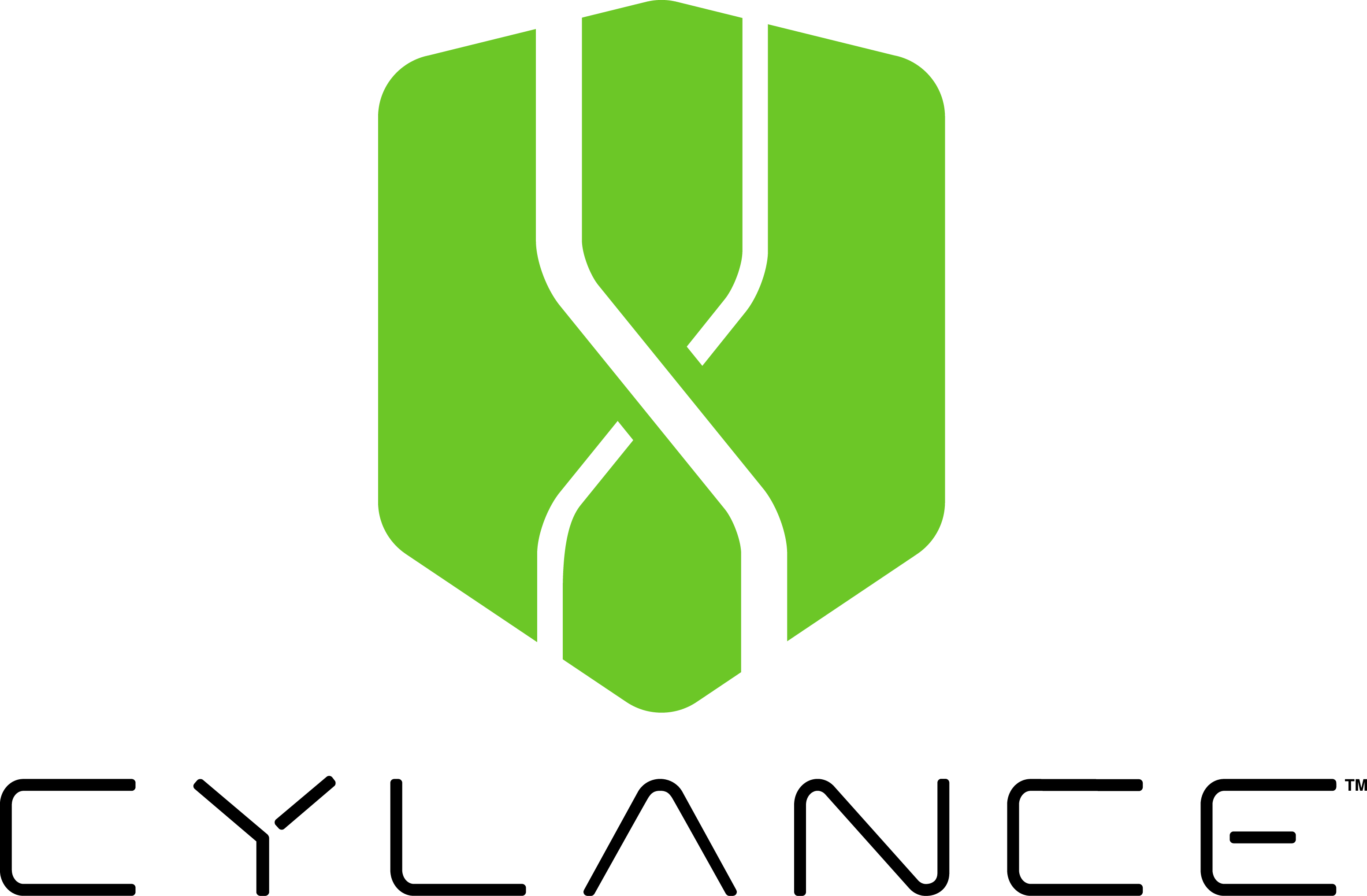Expert Data Security Solutions
Proactive Protection: FortiGuard takes information from global sources through its Security Services, using analytics and machine learning to turn big data into near real-time updates for Fortinet appliances, assuring some of the fastest response times in the industry to new vulnerabilities, attacks, viruses, botnets, and zero-day exploits.
THE VENDORS LISTED BELOW REPRESENT ONLY A SAMPLING OF OUR PARTNERSHIPS. IF YOU ARE LOOKING FOR A SOLUTION NOT LISTED, PLEASE INQUIRE














Stay Informed with the Latest Insights
Explore our collection of blog posts tailored to keep you ahead in the ever-evolving world of technology. From industry trends to practical tips and expert advice, our articles are designed to empower your business with knowledge and innovative solutions.
XioGuard: Smarter Alerts. Better Protection.
At the core of XioGuard is an Open XDR platform that consolidates data from endpoints, cloud services, firewalls, identity systems, and more.
VMware ESXi, Workstation, and Fusion Vulnerabilities Pose Active Threat (CVE-2025-22224, CVE-2025-22225, CVE-2025-22226)
Advisory ID: VMSA-2025-0004Severity: CriticalCVSSv3 Range: 7.1 - 9.3Issue Date: March 4, 2025CISA KEV Inclusion: Yes Summary Newly disclosed zero-day vulnerabilities in VMware ESXi, Workstation, and Fusion are being actively exploited, putting virtual environments at...
A Smarter Way to Secure Hybrid Work
Managing security for a hybrid workforce comes with challenges—gaps in protection, complex setups, and multiple tools that don’t always work well together. Fortinet’s Single-Vendor SASE for Dummies, 2nd Edition breaks down how to close those gaps and streamline...
DeepSeek AI: How Its New Models Are Changing Tech and Cybersecurity
DeepSeek, a Chinese artificial intelligence (AI) startup, has rapidly emerged as a significant player in the AI sector, challenging established tech giants with its innovative and cost-effective models. Founded by hedge fund billionaire Liang Wenfeng, DeepSeek has...
Cybersecurity for Small and Midsize Businesses
Businesses of all sizes are facing an increasing wave of digital threats, including ransomware, phishing attacks, and data breaches. Protecting sensitive data, ensuring operational continuity, and maintaining a strong reputation have never been more critical. To stay...
VMware ESXi Zero-Day Vulnerability
Exploitation of VMware ESXi Zero-Day Vulnerability (CVE-2024-37085) by Ransomware Groups Ransomware operators have been exploiting a zero-day vulnerability, CVE-2024-37085, which allows authentication bypass on VMware ESXi hypervisors joined to Active Directory...